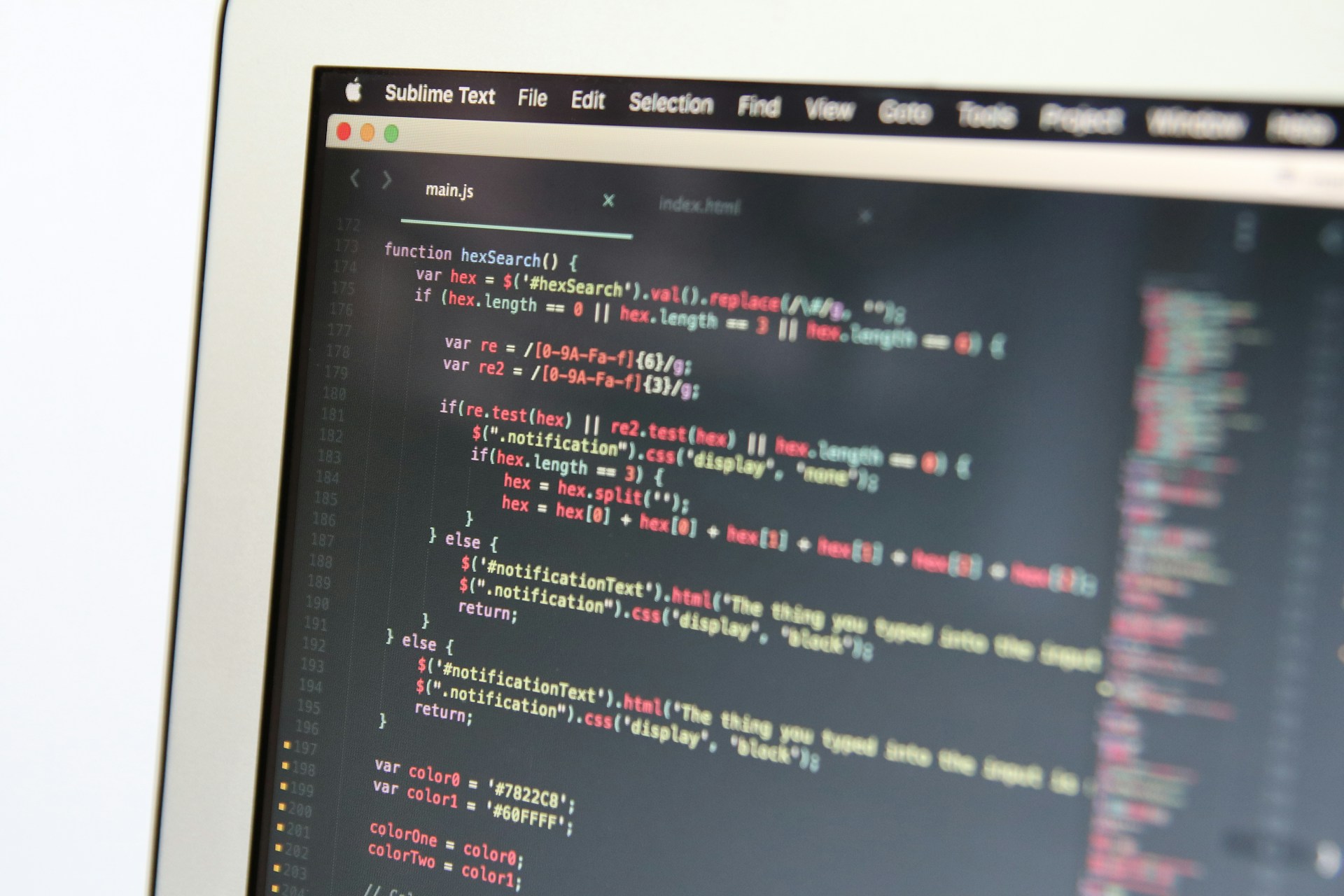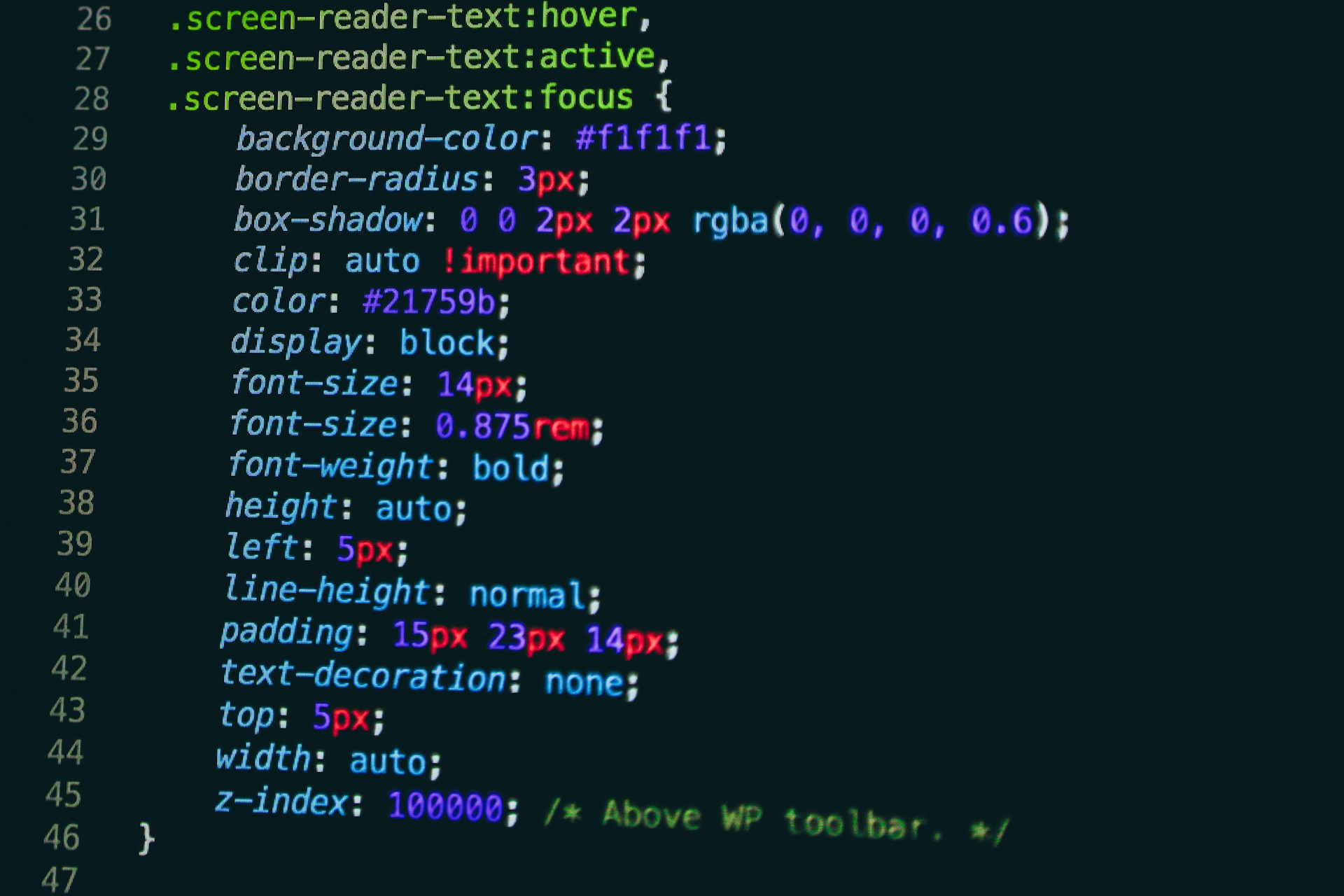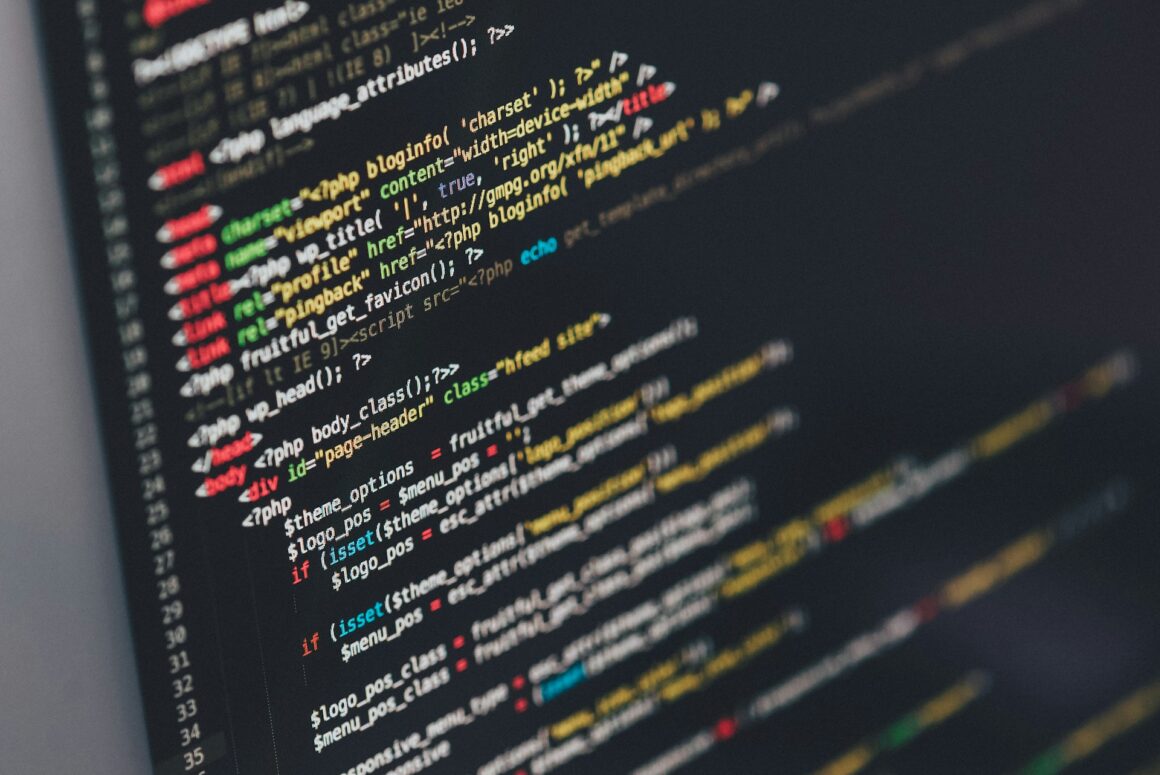In the evolving landscape of healthcare, software plays a pivotal role in enhancing efficiency, accuracy, and patient outcomes. From electronic health records (EHR) to diagnostic tools and telemedicine platforms, the integration of technology has transformed how healthcare services are delivered and managed. This article explores some of the most important software applications in healthcare today, highlighting their significance and impact on the industry.
Electronic Health Records (EHR): Revolutionizing Data Management
Electronic Health Records (EHR) are digital versions of patients’ paper charts, containing comprehensive information about their medical history, diagnoses, medications, allergies, and more. EHR software has revolutionized healthcare by centralizing patient data, making it easily accessible to authorized healthcare providers across different settings. This accessibility enhances coordination of care, reduces medical errors, and improves patient safety by ensuring healthcare teams have up-to-date information.
Medical Imaging Software: Advancing Diagnostic Capabilities
Medical imaging software encompasses a range of technologies, including MRI, CT scans, ultrasound, and X-ray imaging. These software applications not only capture detailed images but also enable advanced processing and analysis. With the aid of artificial intelligence (AI) algorithms, medical imaging software can assist radiologists in detecting abnormalities more accurately and efficiently. This technology has significantly contributed to early diagnosis, treatment planning, and monitoring of various medical conditions.
Telemedicine Platforms: Bridging Gaps in Access to Care
Telemedicine platforms facilitate remote consultations between healthcare providers and patients, leveraging telecommunications technology. Especially crucial in rural or underserved areas, telemedicine software allows for virtual visits, remote monitoring, and even surgical interventions through telerobotic systems.

The convenience and accessibility offered by these platforms have proven essential during the COVID-19 pandemic and continue to redefine the delivery of healthcare services worldwide.
Clinical Decision Support Systems (CDSS): Enhancing Decision-Making
Clinical Decision Support Systems (CDSS) integrate patient data with medical knowledge to provide actionable insights and recommendations to healthcare providers. By analyzing data from EHRs, medical literature, and best practices, CDSS software helps clinicians make informed decisions about diagnosis, treatment options, and patient management. This software not only improves decision-making efficiency but also promotes evidence-based medicine and adherence to clinical guidelines.
Computerized Maintenance Management Systems (CMMS): Optimizing Facility Maintenance
Computerized Maintenance Management Systems (CMMS) are essential software tools in healthcare facilities for managing maintenance activities and ensuring the smooth operation of equipment and infrastructure. What is CMMS, and what role does it play in medical institutions? CMMS software enables healthcare administrators to schedule preventive maintenance tasks, track equipment repairs, manage work orders, and maintain compliance with regulatory standards. By automating maintenance workflows and providing real-time insights into equipment status and performance, CMMS helps reduce downtime, extend the lifespan of critical medical equipment, and ensure a safe and reliable environment for patient care. This proactive approach not only enhances operational efficiency but also contributes to cost savings and overall patient satisfaction by minimizing disruptions in healthcare services. Integrating CMMS into healthcare management systems further supports comprehensive facility management, reinforcing the importance of software solutions in maintaining high standards of care delivery.
Healthcare Management Systems: Streamlining Administrative Processes
Healthcare management systems encompass a variety of software applications designed to streamline administrative tasks such as scheduling, billing, and inventory management. These systems optimize workflows, reduce paperwork, and minimize errors, thereby improving operational efficiency within healthcare facilities. By automating routine tasks, healthcare management software allows healthcare providers to focus more on patient care and less on administrative burdens.
Conclusion
In conclusion, software applications have become indispensable tools in modern healthcare, driving efficiency, improving patient outcomes, and transforming the delivery of medical services. Electronic Health Records (EHR), medical imaging software, telemedicine platforms, Clinical Decision Support Systems (CDSS), and healthcare management systems each play a crucial role in enhancing different aspects of healthcare delivery and management. As technology continues to advance, these software applications will likely evolve further, empowering healthcare providers to deliver more personalized, efficient, and accessible care to patients worldwide. Embracing and integrating these technologies will be key to navigating future challenges and opportunities in the healthcare industry.
Through continuous innovation and adaptation, software developers and healthcare professionals alike can collaborate to harness the full potential of technology in improving global health outcomes. Thus, the ongoing evolution and integration of these software applications will continue to shape the future of healthcare, making it more patient-centric, efficient, and effective than ever before.

